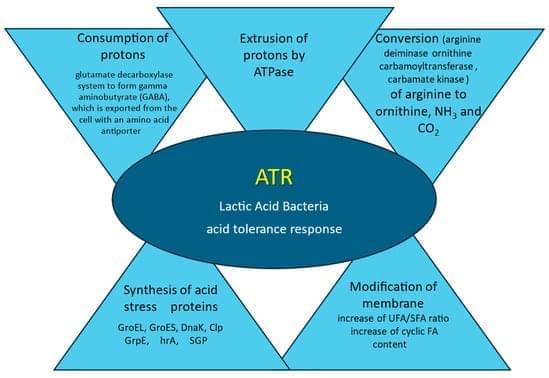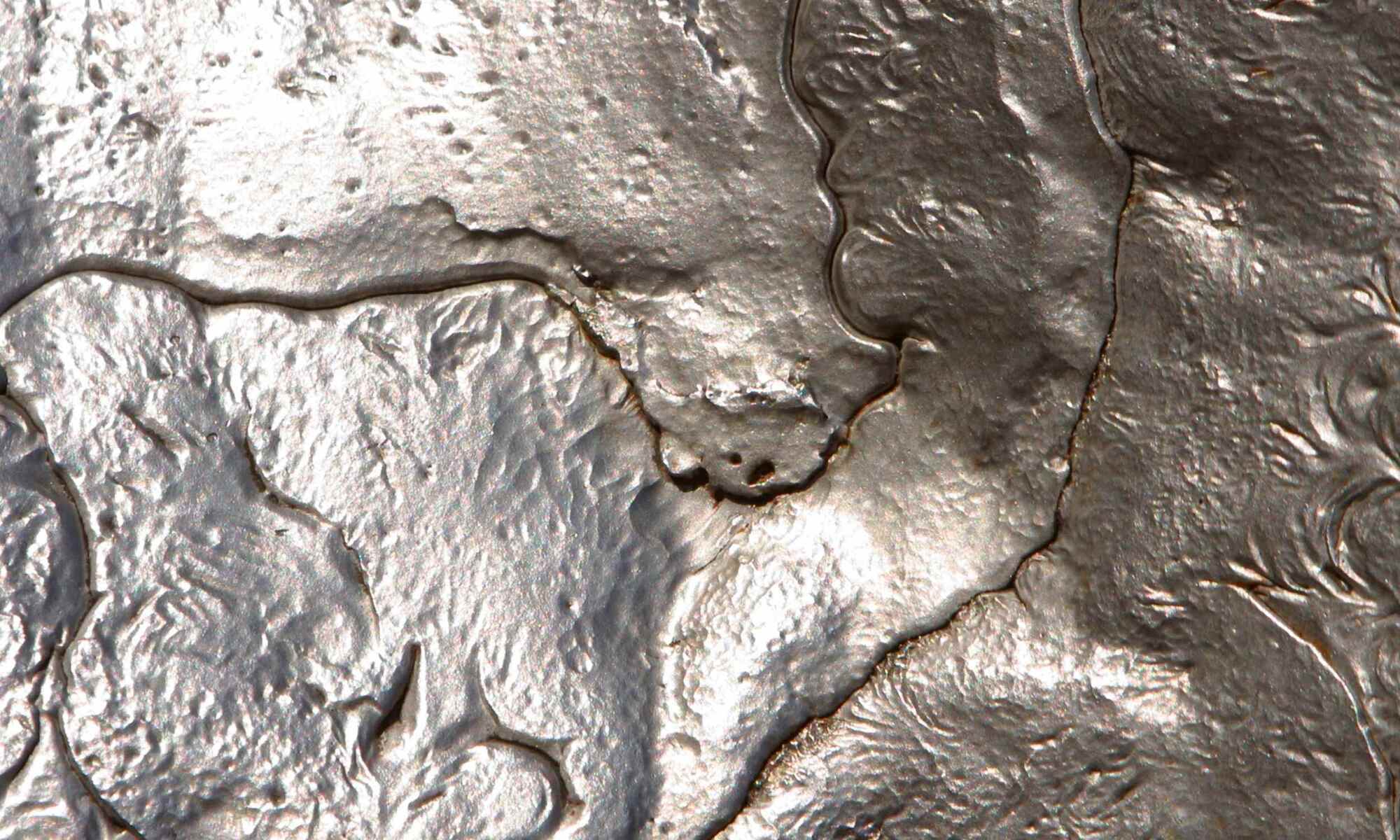Lactic acid bacteria (LAB), due to their many advantageous features, have been utilized in food manufacturing for centuries. Spontaneous fermentation, in which LAB play a fundamental role, is one of the oldest methods of food preservation. LAB survival and viability in various food products are of great importance. During technological processes, external physicochemical stressors appear often in combinations. To ensure the survival of LAB, adjustment of optimal physicochemical conditions should be considered. LAB strains should be carefully selected for particular food matrices and the technological processes involved. The LAB’s robustness to different environmental stressors includes different defense mechanisms against stress, including the phenomenon of adaptation, and cross-protection.






